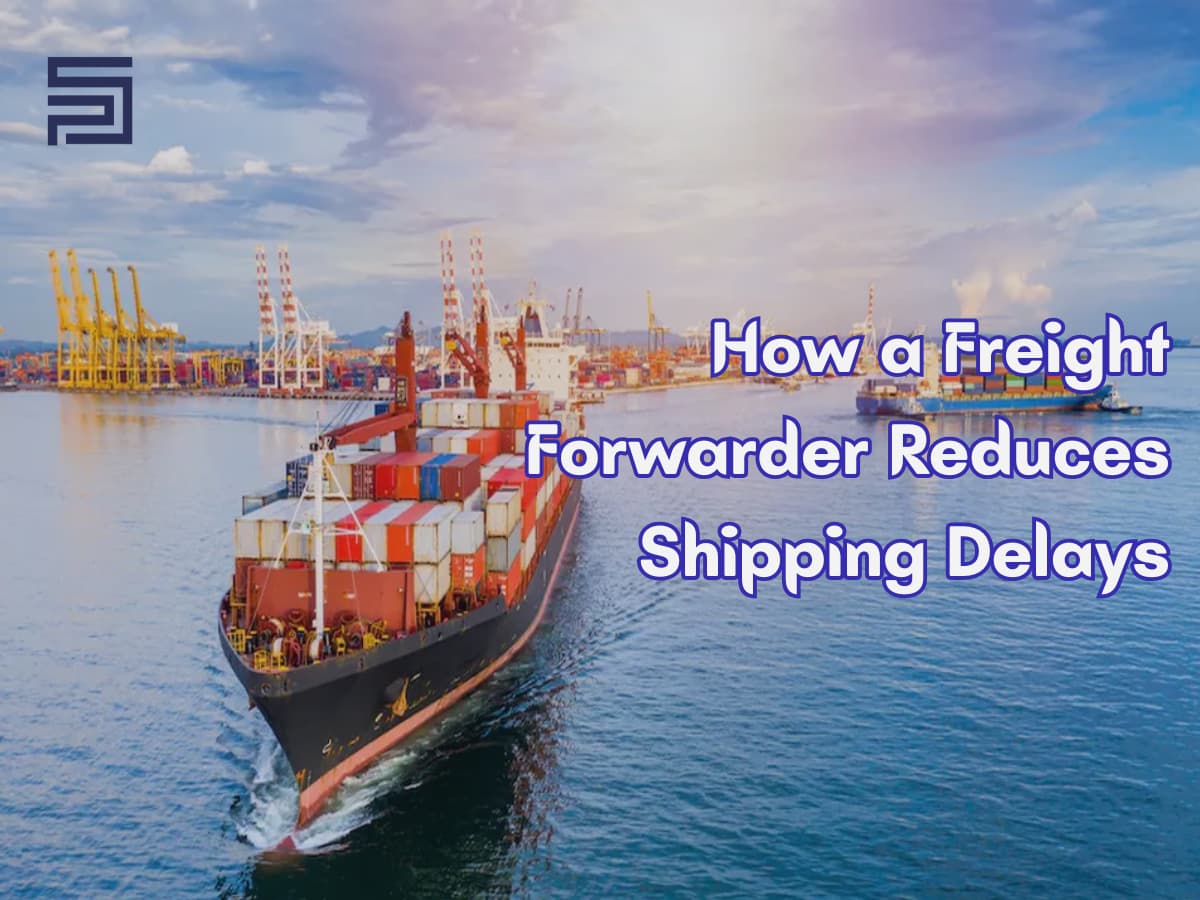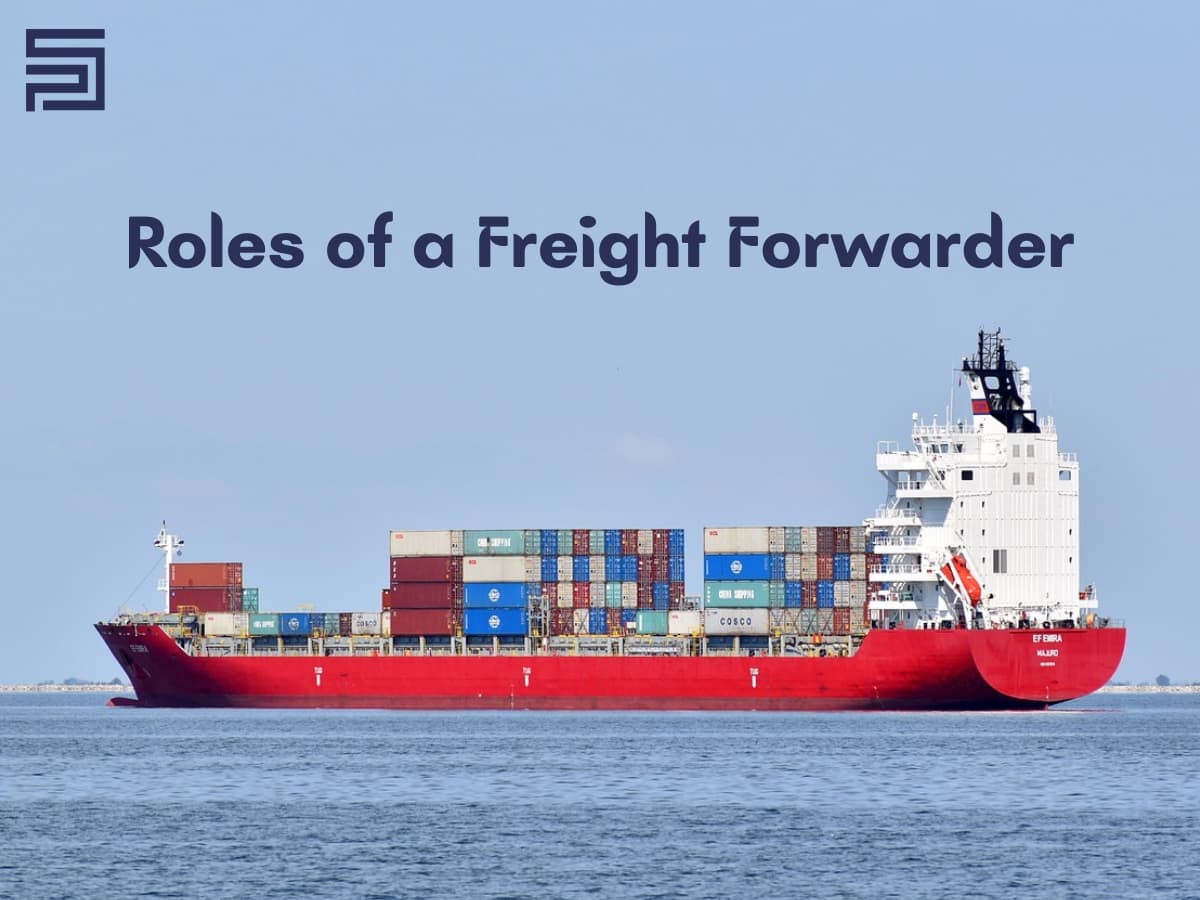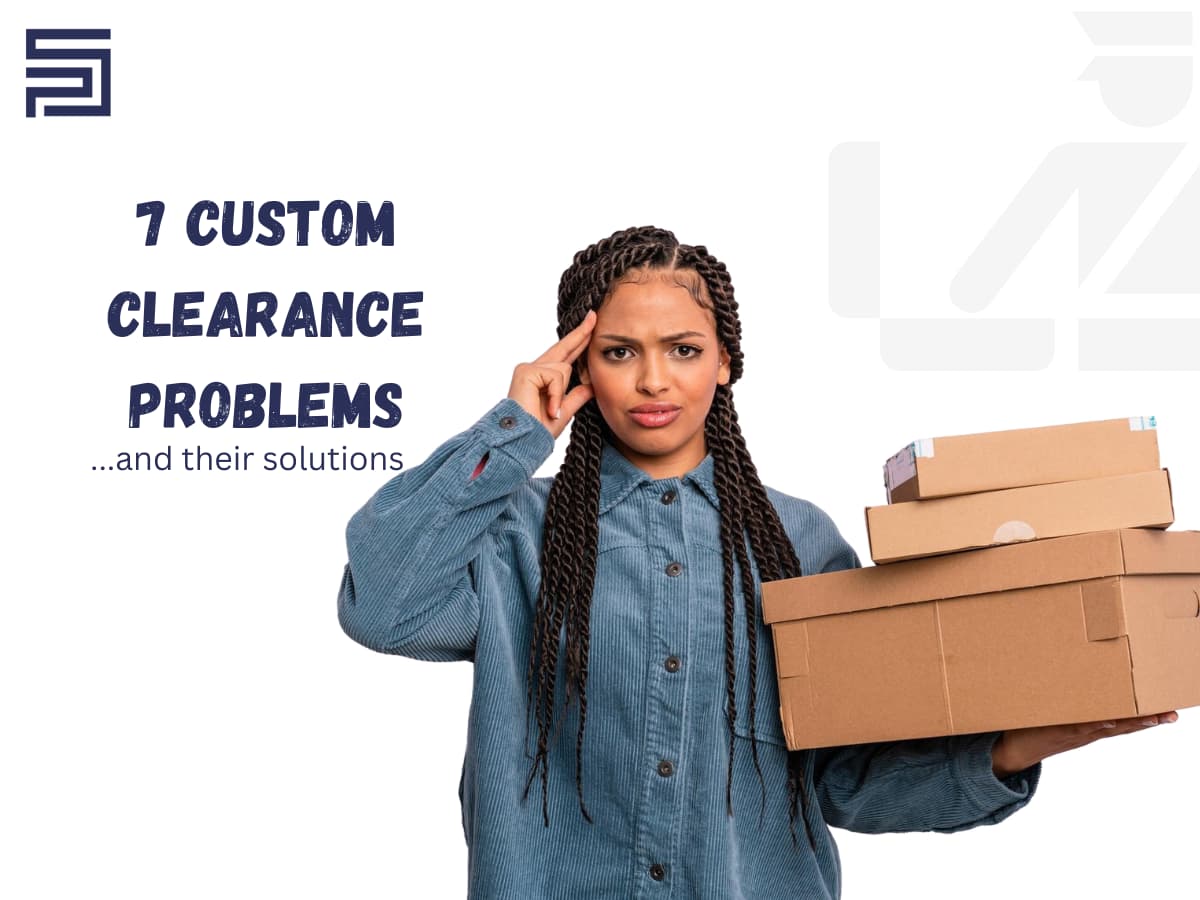The freight forwarding process is complex and involves multiple steps and stages expertly managed by a freight forwarder.
Logistics and supply chain management proficiency are required to safely transport goods from the point of origin to the destination.
Freight forwarding is an integral part of international trade transactions. Today's blog comprehensively examines the process of freight forwarding.
What is Freight Forwarding
Freight forwarding is the planning, organising, coordination, and shipment of goods via a single or multiple freight mode like air, marine, rail, or road.
The freight forwarding process involves arranging the pick-up, transport, and obtaining paperwork and customs clearance to ensure the shipment is legally compliant. Freight forwarders can provide consolidation and deconsolidation services to reduce transportation expenses.
They could de-consolidate one cargo into several smaller shipments or combine several shipments into one container. They can also provide other services such as warehousing, shipment tracking, and insurance to ensure the items are in transit.
The Process of Freight Forwarding
The process of freight forwarding involves different steps and various stakeholders. It consists of establishing a contract between the freight forwarder and the client to ascertain the scope of services document processes, where the freight forwarder completes the paperwork required to move goods, pick up goods, transport, customs clearance, and delivery of goods to the destination.
The necessary documents include the commercial invoice or bill, packing list, bill of lading, export shipping bill, certificate of origin, inspection certificate, insurance certificate, license, and declaration document.
After the preliminary stage, which involves paperwork, the next step that follows includes:
1. Export Haulage:
This involves transporting goods from the shipper's location, like a factory, to the freight forwarder's warehouse. A van, truck, train, or any other mode of land transportation is required in most cases. Drones and helicopters can also be used for faster processes. The duration involved in this process ranges from hours to weeks, depending on the distance and nature of the goods.
2. Items Checkpoint:
After the goods are delivered at the freight forwarder's location, the next step is to meticulously inspect them and verify that they are in perfect condition at the point of reception and that no damage was recorded.
Here, the booked or ordered goods are matched with the order to ensure what was ordered is what was delivered.
3. Export Customs Clearance:
Before goods or cargo leave the borders or shores of any country, they require customs clearance from the country of origin. Customs brokers handle this process and submit necessary details and supporting documents. A freight forwarding company or third-party customs broker can take this.
4. Origin Handling:
This process stage involves the arrival and unloading of the cargo. Here, the cargo is again checked and matched with the booking information before a receipt will be issued. Items are also inspected to ensure that there are no restrictions on the goods, be it on the country of origin or destination, or to see if they require special handling.
5. Import Customs Clearance:
Upon the shipment's arrival at the destination country, the necessary authorities will check the import customs documents. To fast-track the process, this step can commence before the cargo's physical arrival, and freight forwarders or nominated customs brokers are responsible for timely clearance.
6. Destination Arrival and Handling:
At this stage, the freight forwarder's office receives and manages all the necessary documents of the cargo, like carrier bills and outstanding documents, to ensure an easy and seamless process. Some of the activities at this stage include getting the documents from the freight forwarding office or agent, reviewing all the documents, and submitting the carrier bills.
7. Import Haulage:
This is similar to export haulage, but on the import side of the process, this stage involves transporting the cargo from the warehouse or port to the final destination of the intended receiver. Freight forwarders can facilitate this process, or the consignee may handle it independently. This can be done using trucks, container trucks, vans, cars, or even dispatch bikes.
Irrespective of your years of experience, the freight forwarding process can help your business in more ways than you can imagine. It will also give you the freedom to focus on increasing the productivity and revenue of the company.
Hence, partnering with a seasoned and experienced freight forwarding company like SARA PROCUREMENT SERVICES LIMITED is necessary and beneficial for businesses of all sizes.
Visit our physical office space at 3 Fatai Irawo Street, Ajao Estate, Airport Road, Lagos, Nigeria, or any of our warehouse touch point locations worldwide to learn more about us and utilize our services.
Our 247-email correspondence is hello@chinatolagos.com. Contact us today.
We are equally social, and you can find us @SaraProcure on your favorite channels: Twitter, Threads, Facebook, and Instagram.
.png)





Comments
Please log in to leave a comment.